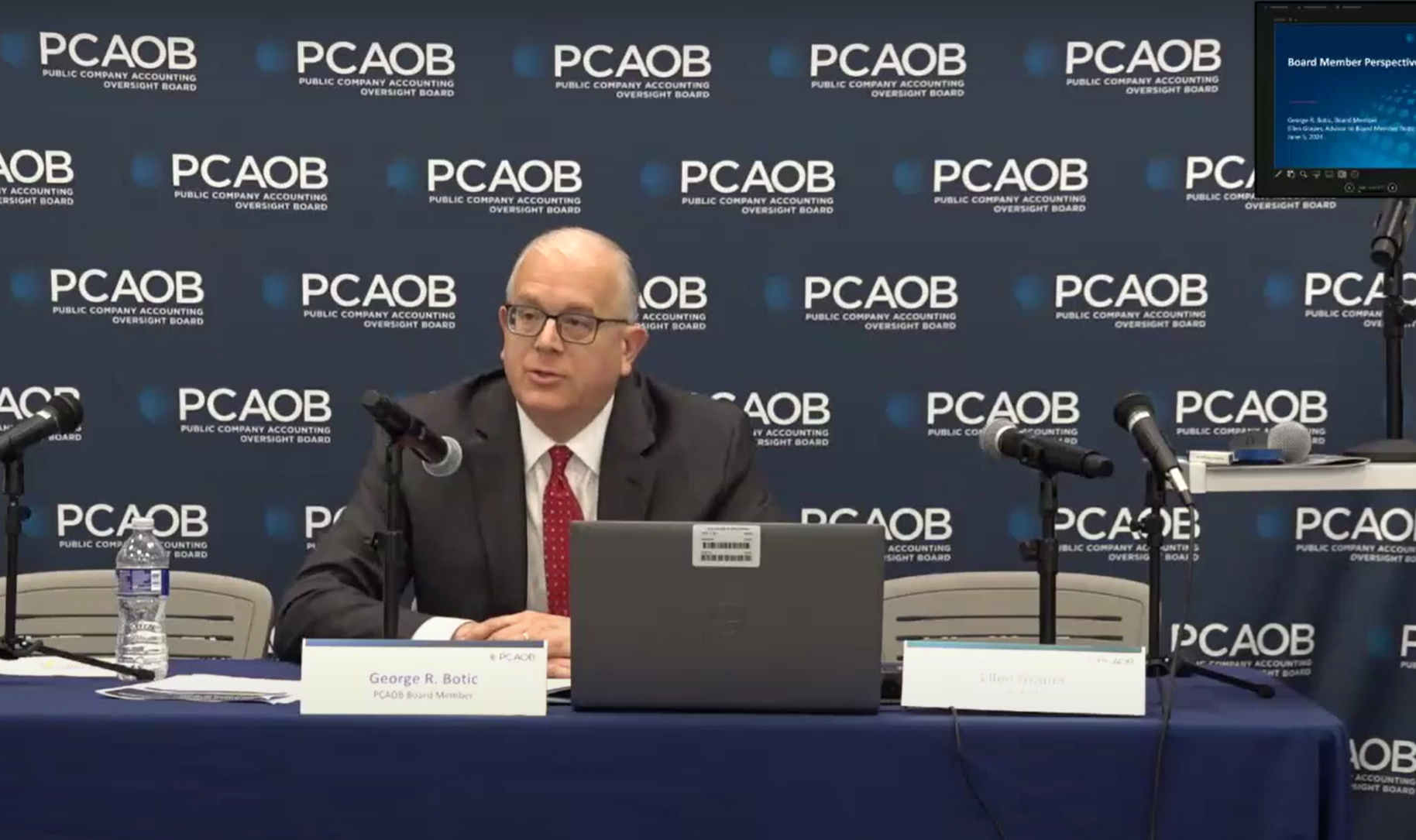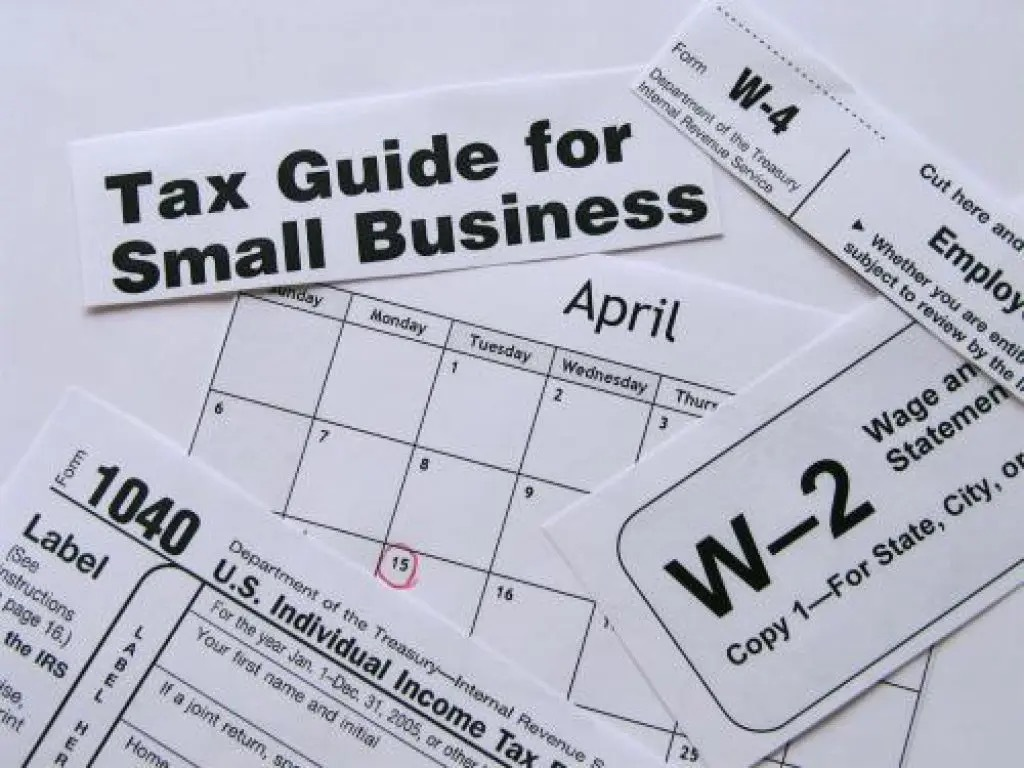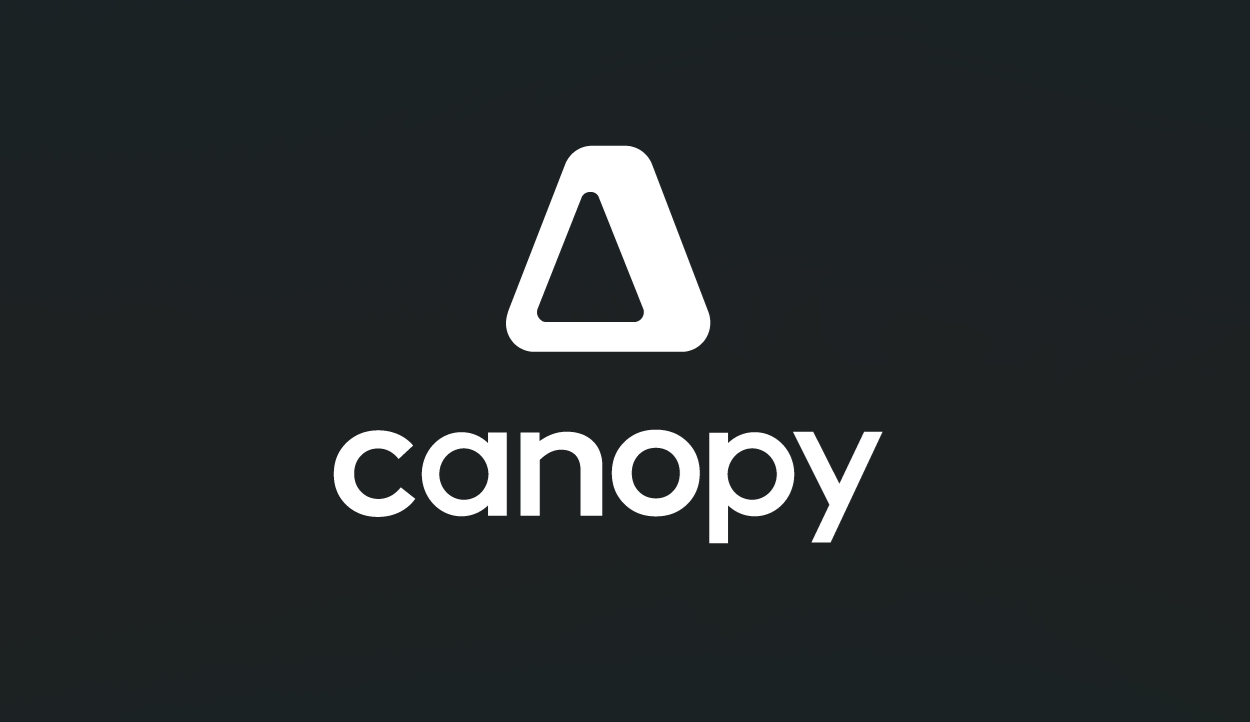Paper checks are dangerous. They represent a serious fraud risk. Does this risk worry you? According to a survey of 540 accountants and bookkeeping professionals, the answer is probably yes.
The 2015 Client Bill Payment Trends Survey revealed three concerning trends around bill payment, including worries about fraud and separation of duties. The survey, conducted in May 2015, contains responses from accounting and bookkeeping professionals handling bill payments from solo practitioners to firms with 31 or more employees. Professionals answering the survey included members of the CPA Academy, Insightful Accountant, schoolofbookkeeping.com and The Sleeter Group.
Here are three notable results.
First, 45 percent of the respondents agree that paper related to accounts payable creates a serious risk of fraud.
Paper checks, invoices, contracts and other papers pertaining to bill pay contain sensitive information about a business and its financial obligations. It only takes one piece of paper in the wrong hands to invite fraudulent activity.
Strangely enough, accountants and bookkeepers still predominately use paper checks. Seventy-three percent of the survey respondents use computer-printed checks for bill pay, and a surprising 37 percent rely on handwritten checks to pay their clients’ bills.
Why are physical checks a problem? Checks have all the necessary data for fraud printed right on them – including company name, address, bank, account number and routing number. Whether it’s a tempted employee or someone who obtains that check through mail theft, that check significantly exposes clients to risks – more so than electronic payments.
Second, 64 percent expressed concern over the appropriate separation of duties during the bill payment process.
This trend speaks to processes. If a bill pay workflow is paper-based, it is often difficult to ensure a buttoned-up process with only authorized individuals participating in their assigned bill pay tasks. It’s also difficult to archive that workflow activity for review if there are questions in the future.
Approving and paying a bill can call for more than 20 steps for each bill – and that’s if it involves a simple review process with only two to three participants. From the moment the bill is received, staff must review it, align it with contracts and supporting documents, record it, send it for review and approval, arrange for payment and send it off.
If that workflow is not stringently monitored and enforced, it leads to a lengthy process riddled with inefficiency and fraud risk. It’s difficult to ensure that the appropriate separation of duties takes place during bill pay. Blurring the lines of this task-based separation – for example having the same person responsible for both record keeping and money handling – creates opportunities for fraud.
Finally, 30 percent said that they have had a client victimized by fraud related to the bill payment process.
To me, this is frightening. It identifies the combined weaknesses of both paper and processes. Paper-based bill payment creates risks. An indiscriminate workflow reinforces the opportunity for risk. Combined, the two provide a fertile ground for inappropriate activities that can endanger you and your client.
How can accounting and bookkeeping professionals reduce the fraud risks of bill pay?
- Go paperless – Every bill or check is a security risk. As a best practice, cloud-based bill payment solutions hide all bank account information from all users.
- Establish prevention procedures – Identify areas where you are most vulnerable and who is accountable for each area.
- Enforce separation of duties – Clearly define user access to data and do not allow the same users to authorize, process and record financial transactions.
- Automate work processes – This allows only authorized individuals access to the process.
- Eliminate outgoing and incoming checks – Deleting reliance on paper checks eliminates the potential for thieves to get their hands on that important information.
- Perform internal audits – Regularly review your audit trails, either online or otherwise.
One bill pay bright lining uncovered by the survey shows that in the next six months, 41 percent of respondents intend to adopt a cloud-based bill payment solution. By moving bill payment to the cloud, professionals will eliminate paper, enforce workflows, preserve the bill pay process for only authorized individuals and eliminate potential fraud exposure through the creating, signing and sending of checks.
———–
Tanya Roberts, VP of Corporate Marketing for Bill.com, is a leading marketing visionary with a track record of helping companies establish strong corporate brands and growth. Before joining Bill.com, she served as Senior Vice President of Marketing for GreenRoad, a green transportation technology company, as well as acting Vice President of Marketing for Drivewyze, a leading technology provider for commercial vehicle operators. She also held leadership roles at Intuit, SugarSync and PayCycle, Bill.com CEO and founder René Lacerte’s first successful start-up. Tanya holds a Bachelor of Science degree from the University of Denver. Outside of Bill.com, she enjoys entertaining, hiking, biking and volunteering for St. Vincent de Paul.
Thanks for reading CPA Practice Advisor!
Subscribe Already registered? Log In
Need more information? Read the FAQs
Tags: Income Taxes, Technology



